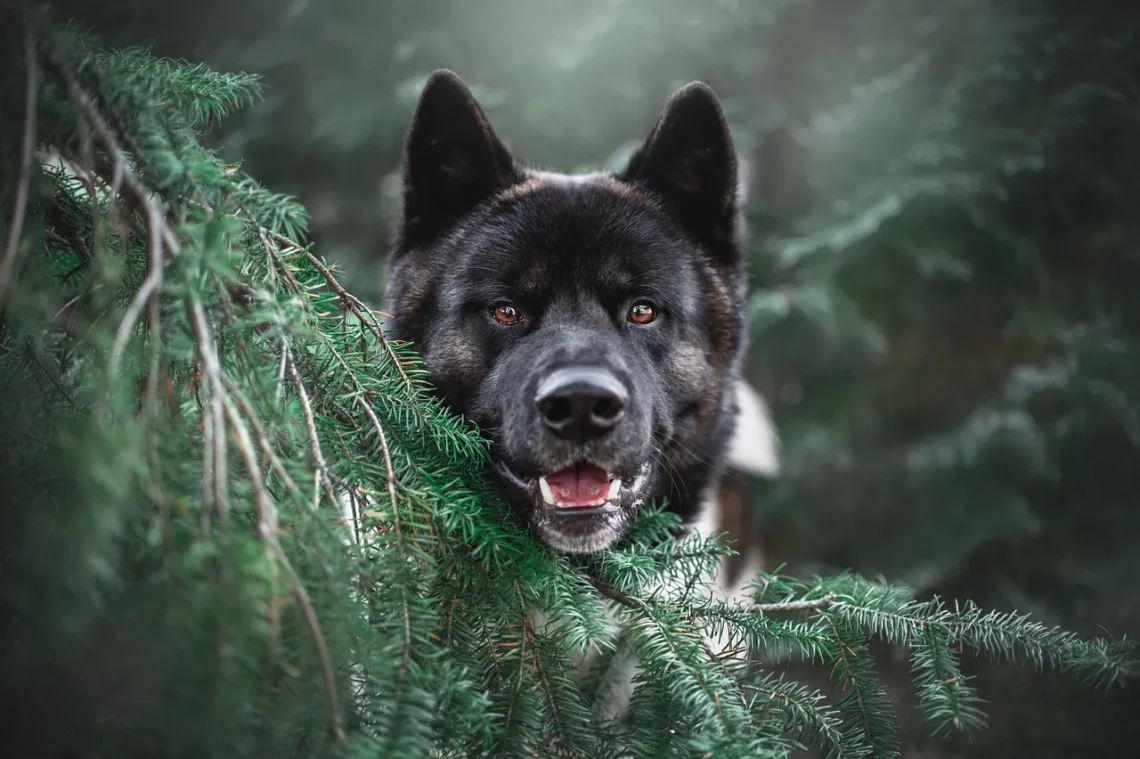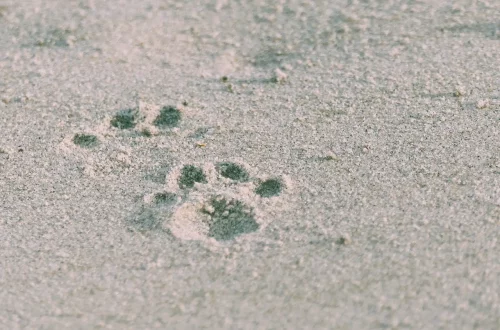
Effective Dogs Spray for Flies: Keep Your Pets Comfortable and Happy
Keeping pets comfortable and happy is a priority for every pet owner. As the warmer months approach, a common nuisance arises: flies. These pesky insects can not only irritate our beloved dogs but can also pose health risks if left unchecked. Flies are attracted to pet food, waste, and other outdoor elements, making it essential for pet owners to find effective solutions to keep these intruders at bay.
The right products can significantly reduce the discomfort that pets experience due to flies. Using a specialized dog spray designed to repel flies can create a more pleasant environment for your furry friend. However, with so many options available on the market, choosing the right spray can be overwhelming. It’s essential to consider the ingredients, effectiveness, and safety of any product you decide to use. Additionally, understanding how to apply these sprays correctly can maximize their benefits.
Ultimately, a proactive approach to managing flies can help ensure that your pets remain comfortable and free from the irritation that these insects bring. By exploring effective dog sprays and implementing preventive measures, you can create a fly-free haven for your pets.
Understanding Fly Behavior and Attraction
To effectively combat flies around your pets, it’s crucial to understand why they are attracted to certain areas and behaviors. Flies are drawn to sources of food and waste, which can include pet food left outside, animal waste, and even the scent of sweat. They thrive in warm, humid environments, making dog parks and backyards prime locations for fly activity.
Flies are particularly attracted to the smell of decaying organic matter, which can include uneaten pet food, food scraps, and trash. Ensuring that your pet’s feeding area is clean and free from food remnants is a simple yet effective way to minimize fly attraction. Regularly disposing of waste and keeping the environment tidy can significantly reduce the likelihood of flies lingering around your pets.
Additionally, certain types of flies, like the stable fly and housefly, can be more prevalent in specific seasons. Understanding the seasonal patterns of these insects can help you prepare in advance. For instance, during the summer months when flies are more active, being diligent about cleanliness and utilizing effective fly sprays can create a more comfortable environment for your dog.
It’s also essential to consider your dog’s natural behaviors. Dogs are curious by nature and may attract flies by rolling in the grass or playing outside. Ensuring that your dog is regularly groomed and clean can help minimize odors that attract flies. Regular baths, along with proper grooming, can help keep your dog free from the scents that lure these pests.
Understanding fly behavior and how they interact with your pet’s environment will empower you to take the necessary steps to keep them at bay, ensuring a more enjoyable outdoor experience for your furry friends.
Choosing the Right Dog Fly Spray
When it comes to selecting an effective dog fly spray, the options can be overwhelming. It’s essential to opt for a product that is both safe for your pet and effective against flies. Consider sprays that contain natural ingredients, such as essential oils, which can repel flies without posing health risks to your dog.
Ingredients like citronella, eucalyptus, and lavender not only deter flies but can also have calming effects on your pet. These natural alternatives are often less harsh than chemical compounds, making them a preferred choice for many pet owners. Always check for products that are specifically formulated for dogs, as some insect repellents meant for humans can be harmful to pets.
Moreover, effectiveness is crucial. Look for sprays that have been tested and proven to repel flies for extended periods. Reading customer reviews and product descriptions can provide insights into how well a spray works in real-world situations.
It’s also important to consider the application method. Some sprays come in convenient spray bottles that make it easy to apply directly to your dog’s coat, while others may require different application methods. Ensure that you follow the manufacturer’s instructions for optimal results.
Additionally, consider your dog’s specific needs. For instance, if your dog has sensitive skin or allergies, seek out hypoallergenic options. Consulting with your veterinarian can also provide guidance on suitable products, especially if your pet has a history of skin issues or health concerns.
Ultimately, choosing the right dog fly spray involves balancing effectiveness with safety. By being informed and selective, you can protect your pet from flies effectively while ensuring their comfort and well-being.
How to Apply Fly Spray Effectively
Applying fly spray correctly is just as important as choosing the right product. To maximize the effectiveness of the spray, it’s essential to follow certain guidelines during application. First, make sure your dog is calm and relaxed before you begin. This will help ensure that the application process is smooth and stress-free for both you and your pet.
Begin by reading the label of the fly spray thoroughly. Different products may have specific instructions regarding application methods and frequency. Most sprays should be applied directly to your dog’s coat, avoiding sensitive areas such as the eyes, nose, and mouth.
When applying the spray, hold the bottle approximately 6-8 inches away from your dog’s body. This distance helps create an even distribution of the product without overwhelming your pet with a concentrated spray. Work the spray into your dog’s coat gently, ensuring that it reaches the skin. Pay special attention to areas where flies are likely to land, such as the ears, belly, and legs.
After application, allow your dog to dry naturally. Avoid bathing your dog immediately after spraying, as this may wash away the protection offered by the fly spray. It’s usually recommended to reapply the spray every few hours, particularly if your dog has been playing outside or if you’re in an area with a high fly population.
Monitoring your dog after applying the spray is also crucial. Watch for any signs of irritation or allergic reactions, such as excessive scratching or redness. If you notice any adverse effects, discontinue use immediately and consult your veterinarian.
By following these guidelines for application, you can ensure that your dog receives the maximum benefits from the fly spray, allowing them to enjoy their time outdoors without the annoyance of flies.
Preventive Measures for a Fly-Free Environment
In addition to using effective fly sprays, implementing preventive measures can significantly contribute to creating a fly-free environment for your pets. Maintaining cleanliness in your yard and living areas is one of the most effective ways to deter flies. Regularly clean up pet waste, food spills, and any organic matter that may attract flies.
Consider setting up designated areas for feeding your pets. By keeping their feeding zones clean and free from leftovers, you can minimize the likelihood of attracting flies. If possible, feed your pets indoors or in enclosed areas where flies cannot easily access the food.
Additionally, using fly traps and other deterrents can further reduce fly populations around your home. There are various types of traps available, including sticky traps and electric fly zappers, which can help keep the fly population in check. Placing these traps strategically around your yard can help capture flies before they reach your pets.
Another effective preventive measure is landscaping. Keeping your yard well-maintained by trimming grass, removing standing water, and ensuring good drainage can create an environment that is less appealing to flies. Consider planting fly-repellent plants, such as marigolds or basil, which can act as natural deterrents.
Lastly, regular grooming of your pets is essential. Bathing your dog and keeping their coat clean and free from odors can significantly reduce the chances of attracting flies. Regular grooming not only helps with fly prevention but also promotes your dog’s overall health and well-being.
By incorporating these preventive measures alongside the use of effective fly sprays, you can create a comfortable and happy environment for your pets, free from the annoyance of flies.
**Important Note:** This article is for informational purposes only and should not be considered medical advice. For any health-related concerns regarding your pets, please consult your veterinarian.




